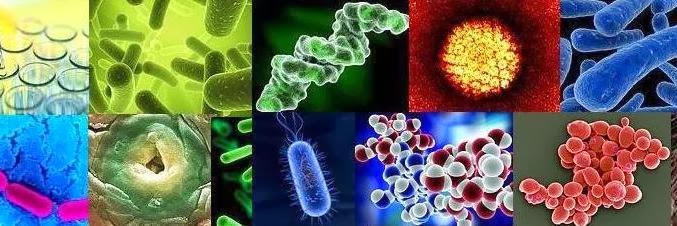Embryogenesis is the process of formation and development of the embryo .
This process is the stage of cell development after experiencing conception or fertilization . Embryogenesis includes cell division and regulation at the cellular level . Cells in embryogenesis referred to as embryogenic cells .
In general , embryogenic cells grow and develop through several phases , among others :
1 . Single cell ( the fertilized )
2 . blastomeres
3 . blastula
4 . gastrula
5 . Neurula
6 . Embryo / fetus
In Xenopus , which has undergone egg fertilization have cleavage and formed many small cells that eventually form the structure of the blastomeres , without a change in mass . In other words , the frog embryo cells do not increase in size , only gets more complex , different from human embryonic cells that continue to grow .
12 initial cleavage occurs in frog embryos are synchronous or concurrently , but form an asymmetrical structure . The difference is influenced by polar division that occurs in embryonic cells of animals, including animal pole and vegetal pole . In frogs , vegetal pole section containing egg yolk present in smaller amounts or less splitting .
Embryogenic cells will continue to divide and form a structure blastomeres , ie a collection of cells that form the structure of a solid ball .
Blastomeres will continue and increase the number of cell divisions . When sufficient number of cells , the cells of the animal pole of the cell will try to wrap the vegetal pole , which is referred to as the Gastrulation process , to be the precursor of the early formation of organs and tissues of the adult body .
Precursors of this network can be observed from the start since the phase blastomeres , while the formation of animal and vegetal poles began to appear. Precursor initial network has a layer structure that will form during Gastrulation . These layers can be divided into three , namely :
1 . Ectoderm : the layer that will give the overall outer shape of animals and is a precursor of the epidermis and the nervous system , formed from most of the animal pole .
2 . Endoderm : the lining is made from vegetal pole and is the precursor of the intestines and internal organs , formed from most of the vegetal pole .
3 . Mesoderm : a precursor layer of muscle , connective tissue , and other components that will connect between the ectoderm and endoderm , formed from partially polar animal and vegetal poles .
Blastula is formed when the frog embryo cells ( blastomeres structure ) continue to divide , move , and form a cavity on the inside ( to form hollow spherical structure ) . In the frog , the cavity is filled with a liquid called blastocoel and bounded internally by epithelial cells .
When the cleavage and blastula continue to increase the number of cells , animal pole to the vegetal pole trying to wrap moving and doing invagination , which is often referred to as the process of gastrulation .
Gastrulation took place in chronological order as follows :
1 . Blastopore formation ( channel invagination )
2 . The formation of a layer of ectoderm , mesoderm , and endoderm . Ectoderm becomes nervous and skin . Mesoderm into peritoneum , muscle , bone , connective tissue . Endoderm into epithelium gastrointestium limits , respirators, organ2
3 . Furthermore, cells migrate and berkohesi with the help of cadherin and integrin compounds
Gastrula phase is followed by :
• Establishment of neurula and notochord ( mesoderm formation along the trunk of the body that will be the candidate fetal vertebrae / spinal )
• Formation of fetus ( the differentiation of nerve cells , organs , other tissues )
After the entire phase lasts , the cells continue to grow and develop until it comes out of the womb or egg and becomes an adult organism , the cells produce gametes and fertilization of cells , and this cycle was repeated.
Prodistik X-K
Bio's Chamber

Langganan:
Posting Komentar (Atom)






0 komentar:
Posting Komentar